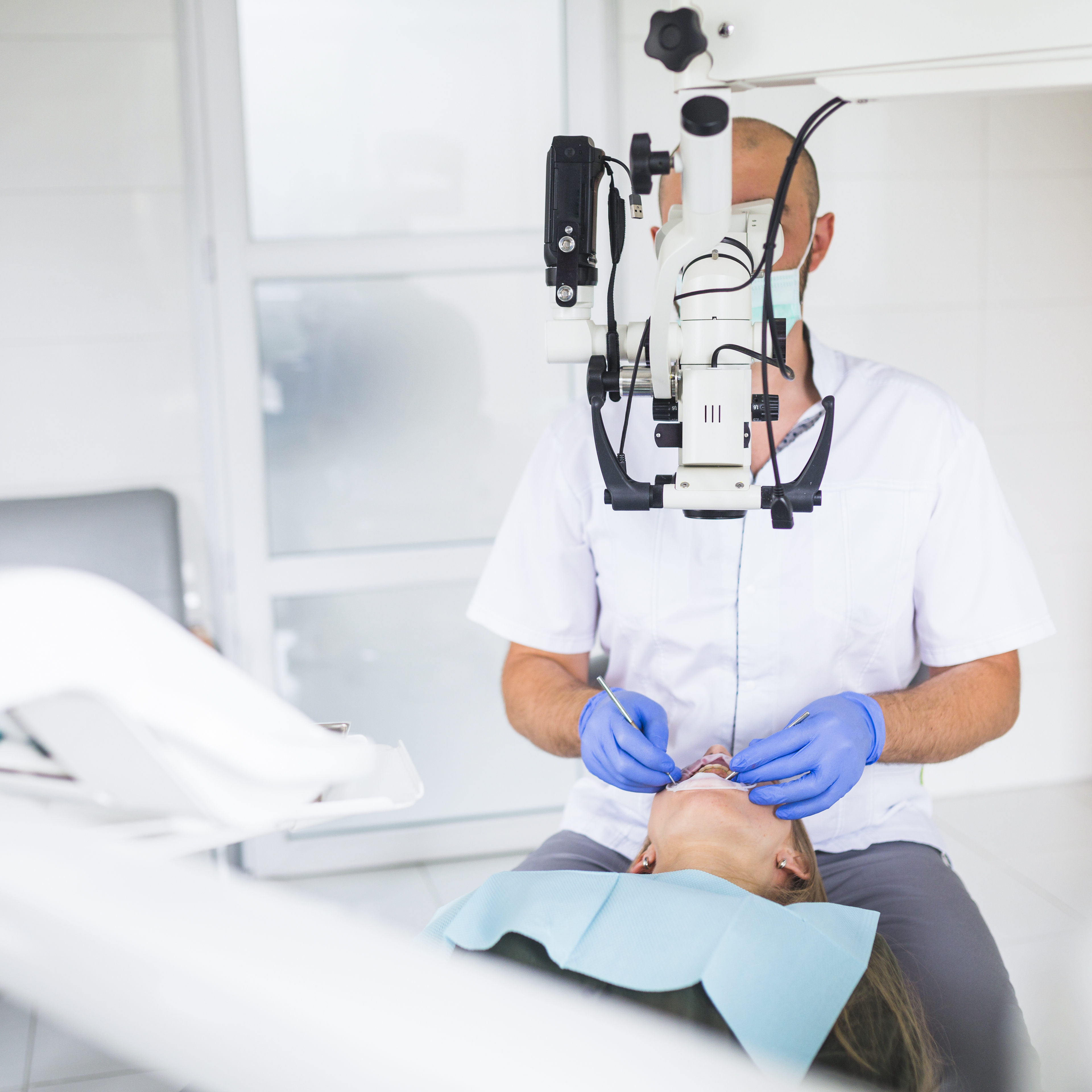Dentistry is a profession that demands precision, skill, and attention to detail. However, the nature of dental work often requires dentists and their staff to maintain awkward postures and positions for extended periods. This can lead to physical discomfort, fatigue, and even musculoskeletal disorders over time. To address these issues and improve overall well-being, ergonomics plays a crucial role in the dental profession.
Ergonomics is the science of designing workspaces, tools, and tasks to maximize comfort, efficiency, and health. In dentistry, it involves making adjustments to dental equipment and procedures to help dental professionals avoid injury and maintain their productivity.
There are several key areas where ergonomics can make a significant difference in dentistry:
- Posture and positioning: Dentists and dental hygienists often work in positions that strain their necks, backs, and shoulders. Ergonomic principles suggest maintaining a neutral posture, using adjustable chairs and stools, and positioning patients in a way that minimizes strain on the practitioner.
- Dental chairs: Ergonomically designed dental chairs can improve the patient’s comfort and provide better access for the dental professional. Features such as adjustable headrests, armrests, and lumbar support can help create an optimal working environment.
- Handpieces and instruments: Dental handpieces and instruments should be ergonomically designed to reduce hand and wrist strain. Lightweight, balanced instruments with comfortable grips can help dental professionals avoid repetitive stress injuries.
- Magnification and lighting: Proper magnification and lighting can help reduce eye strain and improve precision. Dental professionals should use magnification tools like loupes and microscopes, as well as adjustable LED lights to enhance visibility.
- Workflow and organization: An efficient and organized workspace can minimize unnecessary movements and distractions. This can be achieved through proper placement of equipment, instruments, and materials, as well as implementing efficient workflows and task delegation.
- Physical fitness and self-care: Dental professionals should also take care of their physical health through regular exercise, stretching, and breaks during the workday. Maintaining a healthy lifestyle can help prevent injuries and boost overall well-being.
In conclusion, ergonomics in dentistry is essential for the comfort, efficiency, and health of dental professionals and their patients. By implementing ergonomic principles, dentists can reduce their risk of injury, improve their performance, and ultimately provide better care for their patients.
Let’s share our experiences, insights, and best practices for staying healthy and pain-free in the comment below.



